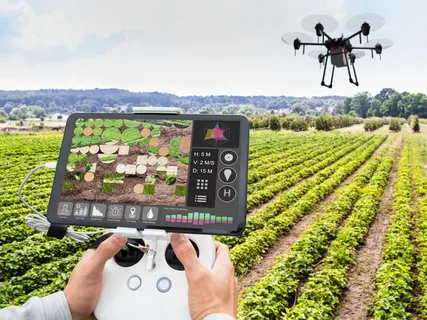Precision agriculture is revolutionizing modern farming by enabling more efficient and sustainable practices. However, the implementation of precision agriculture for smallholder farmers comes with unique challenges and promising opportunities. Smallholder farmers, who constitute a significant portion of the global agricultural community, can greatly benefit from these advanced technologies if certain barriers are addressed.
Understanding Precision Agriculture
Precision agriculture refers to the use of technology such as GPS, sensors, drones, and data analytics to monitor and manage crop production with high accuracy. This approach helps optimize inputs like water, fertilizers, and pesticides, leading to improved yields and reduced environmental impact.
Challenges Facing Smallholder Farmers
1. High Initial Costs and Limited Access to Technology
One of the primary challenges in adopting precision agriculture for smallholder farmers is the high cost of technology. Many small-scale farmers operate with limited financial resources, making it difficult to invest in equipment such as drones, sensors, or GPS systems.
2. Lack of Technical Knowledge and Training
Effective use of precision agriculture tools requires specialized knowledge. Smallholder farmers often lack access to proper training or extension services, which hinders their ability to adopt and fully benefit from these technologies.
3. Infrastructure Limitations
In many rural areas, poor internet connectivity and lack of electricity further restrict the use of digital tools necessary for precision agriculture. These infrastructural challenges limit real-time data collection and analysis.
Opportunities for Smallholder Farmers
1. Increased Productivity and Resource Efficiency
By leveraging precision agriculture, smallholder farmers can significantly increase crop yields and reduce wastage of inputs. This not only boosts income but also promotes sustainable farming practices that conserve natural resources.
2. Customized Farming Solutions
Precision agriculture enables site-specific management, allowing farmers to tailor interventions according to the unique conditions of their land. This customization improves crop health and resilience against pests and climate variability.
3. Emerging Affordable Technologies
Innovations are underway to develop low-cost precision agriculture tools designed specifically for smallholder farmers. Mobile apps, affordable sensors, and community-based models are making these technologies more accessible.
Conclusion
The adoption of precision agriculture for smallholder farmers holds immense promise but is currently restrained by economic, educational, and infrastructural challenges. By addressing these barriers through policy support, capacity-building, and affordable innovations, smallholder farmers can harness precision agriculture to improve productivity, sustainability, and livelihoods.


